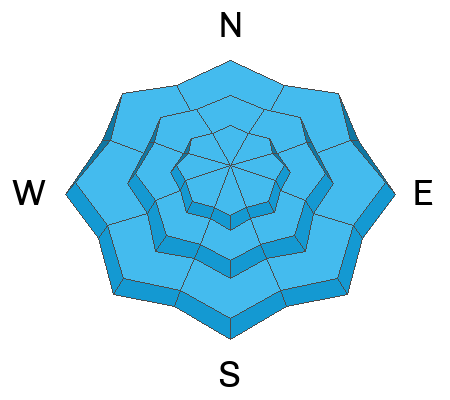There was some natural avalanche activity just within the new snow on Thursday. That said, by far the most dangerous situation is avalanches that are breaking into weak snow at the base of our snowpack. That weak snow is known as a Persistent Weak Layer. It is comprised of weak sugary snow grains also known as "faceted snow". This weak snow formed in December and now we're stacking layer after layer of new snow on top of it. Thursday was the tipping point when that weak foundation started to crumble. Wind has been a big contributor since it has been drifting lots of snow. We will see avalanches continuing to break into that weak snow at least through the weekend.
It is very important that people avoid being on or below any steep slope. The danger is widespread. Even slopes that don't have a Persistent Weak Layer are suspect. You will see avalanches on many aspects. The likelihood of triggering an avalanche on steep slopes is almost certain. The size of the avalanches grows each day and they'll continue to get bigger as it looks like we're in for a snowy weekend.
AGAIN, TRAVELING IN AVALANCHE TERRAIN IS NOT RECOMMENDED.










